The content of the article
Sinusitis is an inflammation of the maxillary sinuses, which are located on both sides of the nose. Sinusitis is often called frontal sinusitis, as well as inflammation of other sinuses. The disease is quite common, proceeds in acute or chronic form. Often, a technique such as a puncture is used to treat sinusitis. In the course of manipulations, mucus and purulent discharge are pumped out from the inflamed sinuses. The procedure is quite painful and, frankly, very doubtful. In the practice of European countries, this method of treatment has long been in the past, injections into the maxillary sinuses are practically not carried out, only in those rare cases when you need to take mucus for analysis. But in the post-Soviet space, puncture, unfortunately, is still actively practiced. In this article, you will learn about sinusitis in more detail, and you will also be able to familiarize yourself with the main ways to treat sinusitis without punctures.
Symptoms of sinusitis
Despite the fact that every second person has encountered the disease at least once in his life, it is quite difficult to tolerate. As a rule, it all starts with a banal nasal congestion. A bacterial infection develops very quickly, just a few days after the onset of the disease in a person, thick, opaque, yellow or green mucus may begin to stand out from the nose. A huge amount of purulent mucus accumulates in the sinuses, which constantly flows from the nose. Malicious bacteria that multiply actively in this mucus produce toxins that enter the bloodstream. Due to this, a person's general condition worsens - the patient feels weakness and malaise. Prolonged nasal congestion leads to oxygen starvation of the brain and, as a result, frequent headaches. Sometimes the inflammation reaches such a force that the affected sinus becomes noticeable to the naked eye - the area on both sides of the nose turns red, swollen, pain is felt when pressed.
Along with the main symptoms, a person can suffer from high fever, photophobia, and a decrease in smell. So acute sinusitis proceeds. In the case of a chronic form of the disease, the patient quickly becomes tired, he often suffers from nasal congestion and mucus, and headaches occur in the evening. I would also like to note that sinusitis can be the result of allergic rhinitis, when the mucus does not find a way out of the sinuses for a long time and stagnates in them. This is an excellent food for bacteria, they begin to multiply actively in this cavity. For allergic and vasomotor (from medications) rhinitis, a particular itch is characteristic, the disease in this case often goes in waves - with alternating remissions and relapses.
Causes of sinusitis
Sinusitis can be an independent disease or a complication of the usual untreated runny nose. Here are some factors that can trigger the development of sinusitis in children and adults.
Frequent viral diseases that are being treated improperly. Sinusitis and stagnation of mucus in the nose in children often occurs due to inability to blow their nose, therefore, children need to clean their nose with an aspirator.
Mucus congestion in the sinuses can be the result of prolonged allergic rhinitis.
Various polyps and tumors in the nasal passages can interfere with the release of mucus and pus, which further exacerbates the course of the disease.
Frequent respiratory diseases lead to a decrease in the immunity of the child, the risk of getting sinusitis in this case increases sharply.
Adenoids in children and a curved septum leads to constant nasal congestion, which is a trigger for the development of sinusitis.
Sometimes the cause of the development of sinusitis becomes a focus of infection in neighboring organs. It can be carious cavities in the teeth, chronic tonsillitis and tonsillitis.
In most cases, sinusitis is a complication of the common cold, when a simple symptom is not treated or is done incorrectly. If you have already developed sinusitis, do not despair. The disease can be completely cured without punctures and other painful manipulations.
Medication for sinusitis
As a rule, the causative agent of sinusitis is a bacterium that cannot be defeated without antibiotic therapy. Therefore, taking antibiotics for sinusitis is required. Even the active use of local procedures in the form of washing, drops and inhalations will not help you get rid of the disease completely. You can suppress the disease for a while, but after some period it becomes active again. Therefore, it is better to use antibiotics. Only a doctor should prescribe them. For children, there are special suspensions. Antibiotics should be taken 5-7 days, no less, otherwise the disease will not completely suppress. In addition, early withdrawal of the drug can lead to bacteria becoming resistant against this antibiotic, the next time the medicine may not help. Drugs in this group should be taken strictly according to the scheme, at regular intervals. Among the most popular and effective antibiotics against sinusitis are Augmentin, Azithromycin, Ceftriaxone, Ampioks, etc.
Together with antibiotics, probiotics are prescribed, which will protect the intestinal microflora from dysbiosis, diarrhea and constipation. In this group of drugs, it is possible to distinguish such as Enterogermina, Linex, Hilak Forte, Bifidumbacterin, etc.
With sinusitis, antihistamines are necessarily prescribed - Zodak, Diazolin, Zirtek, Suprastin. Even if the nature of sinusitis is not allergic, antihistamines will help you slightly relieve swelling of the mucous membrane and open nasal breathing.
Be sure to prescribe various drops and sprays in the nose, which we will talk about a little later. In the presence of other symptoms, the patient may be prescribed antipyretic drugs, pain medications, etc.
Nasal lavage
To get rid of the main symptoms of sinusitis, stagnant mucus should be removed from the sinuses and rid of pus. This can only be done with rinsing. The most effective way to clean your sinuses is to go to the ENT office and do the washing according to Proetz, in the common people - a cuckoo. A special apparatus with the help of a vacuum pulls out all stagnant mucus from the nose, along with purulent secretions. Then, an antibacterial composition is introduced into one nostril using a syringe without a needle, which is pulled out of the second nostril by a tube. That is, the medicinal fluid as it werehes the sinuses, significantly reducing the activity of bacteria and relieving inflammation. During the procedure you need to say "Ku-ku." During the pronunciation of this phrase, the larynx is located so that the liquid does not enter the mouth, but flows in the right direction. Patients with sinusitis recognize that relief comes after the first cuckoo procedures. Recently, instead of a cuckoo, they began to use a JAMIC catheter, the principle of which is not much different from the original source.
If washing is not available in the doctor’s office, you can carry out the procedure at home. However, remember that such washing will not be so effective. For the procedure you will need a small kettle with a rounded nose. It should draw warm salt water and bring the nose to the nostril, bending over the sink. Carefully tilt your head to the side so that the water begins to flow into the nostril and flow from the opposite nostril.This will moisturize the mucous membrane of the nasal passages and clean it of bacteria, viruses and allergens.
Washing can be done with a syringe, you can simply draw in the fluid of one nostril. As a solution, you can use more serious formulations - add chlorophyllipt, furatsilin, baking soda to the water. It is very useful to rinse the nose with decoctions of medicinal herbs - plantain, chamomile, calendula, nettle. Washing is done to children with saline or slightly salted water, dropping a liquid into the nozzle with a pipette. After instillation, the mucus liquefies, and it becomes easier to draw it out with an aspirator.
Nasal drops
The use of various drops for the nose, both pharmacy and home, gives a real result, significantly accelerating the healing process.
- Vasoconstrictor drugs. Such sprays and drops perfectly improve nasal breathing, but they can not be used for more than five days. Otherwise, the vessels will stop narrowing and expanding on their own, this can lead to vasomotor rhinitis and "naphthyzine" dependence. Among vasoconstrictors, Otrivin, Naphthyzin, Sanorin, Tizin, Xylen, etc. can be distinguished. If a runny nose is allergic in nature, Vibrocil perfectly helps - relieves itching and swelling.
- Antibacterial drops. Strong drops with antibiotics will help suppress the development of bacteria in the sinus cavity. Isofra, Bioparox and Polydex are very effective. Often, doctors prescribe Sofradex for ear drops against sinusitis. It is very useful to drip the antimicrobial agent Protorgol into the nose. However, remember that the product is perishable, Protorgol is effective about two weeks after the date of bottling.
- Hormonal As a rule, hormonal drops are used in the fight against allergic rhinitis, but recently hormonal drops are prescribed for sinusitis to relieve swelling of the mucosa. Among them, one can distinguish Nazonex, Flixonase, Avamis. Sometimes doctors prescribe complex drops, which contain both hormonal and antimicrobial components. For example, one of the effective and common recipes is to mix in a small sterile container the ampoule of the hormonal drug Hydrocartisone, a bottle of antimicrobial eye drops Ciprolet and ampoule of saline. Mix everything and drip into the nose in the morning and evening after cleansing the mucus. Such drops will help you cope with even the most complex sinusitis.
- Moisturizing. Be sure to use various salt formulations and sprays that will help you moisturize and rinse your mucous membranes - these are Dolphin, Aquamaris, etc. Pinosol oil preparation will help relieve dryness after using vasoconstrictors. Snoop contains not only Xylometazoline, but also sea water, which makes the spray not so aggressive. You can lubricate the nasal mucosa with sea buckthorn and almond oil.
- Folk. In the fight against sinusitis, homemade drops are also actively used. Among them, the juice of garlic and onions, Kalanchoe and aloe, the juice of black radish with honey.
In addition, you must definitely drink Sinupret medicine. This is a herbal preparation that greatly facilitates nasal breathing, relieves rhinitis and sinusitis.
The child should drip medication into the nose according to the scheme. First, sea water or saline to thin the mucus. Then the mucus must be sucked up with an aspirator, vasoconstrictor agents should be instilled, and only after that, when the passages are open, can drops be added with an antibiotic or antimicrobial compounds. Otherwise, the medicine will not reach its destination, the effect will be zero. The procedure should be alternated with instillation of oil so that the mucous membrane of the baby’s nose does not dry out.
Inhalation
To speed up the healing process, various inhalations can be prescribed to the patient. They are quite effective, because the particles of the drug go directly to the nasal mucosa and maxillary sinuses.It is very useful to make inhalations using a nebulizer - the result is professional, because the device turns the drug solution into tiny particles. You need to breathe with a nose with a runny nose, and with a mouth when coughing. If there is no nebulizer at hand, it does not matter - use an ordinary basin. As a medicinal solution, you can use decoctions of herbs, antiseptic compounds. It is useful to add a little Zvezdochka balm to the water. It contains many essential oils, including peppermint, which perfectly relieves nasal congestion.
Warming up and physiotherapy
To prevent the development of sinusitis, immunity should be maintained - be tempered, follow the rules of a healthy diet, move more. Get rid of caries and other foci of infection in the mouth and throat. Timely and competently treat a runny nose and SARS. If the runny nose does not go longer than 10 days, do not pull, be sure to consult a doctor. And then sinusitis does not bother you!
Video: treatment of sinusitis without puncture

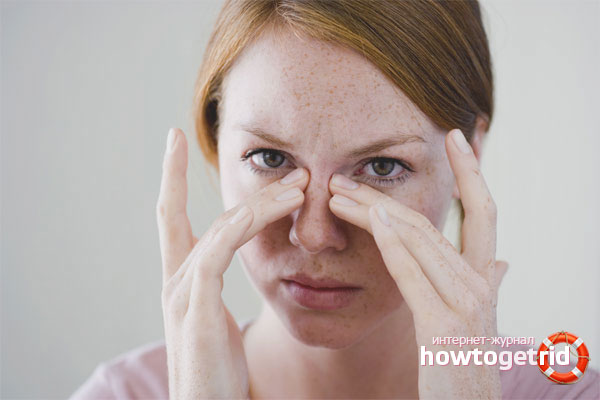
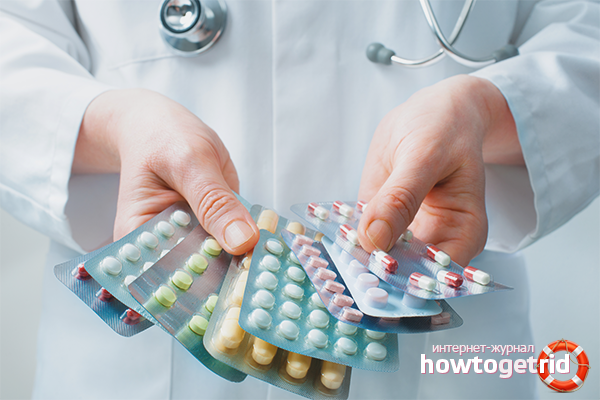
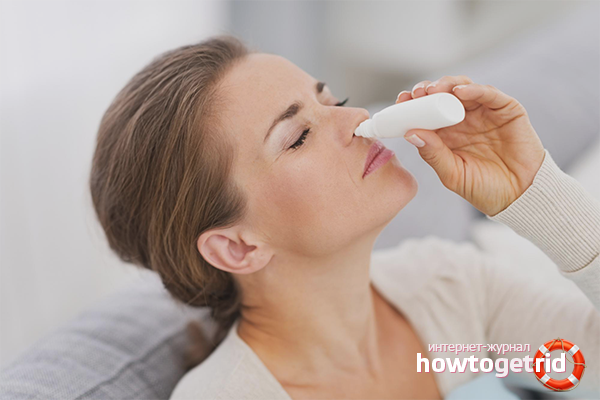
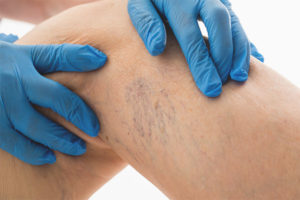
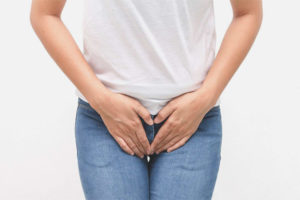
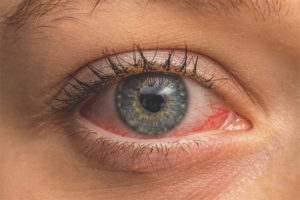

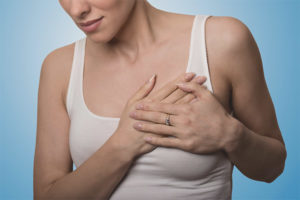
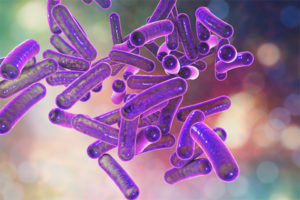
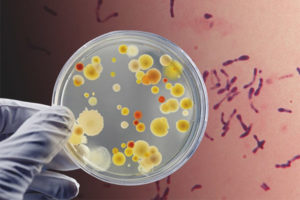

Submit